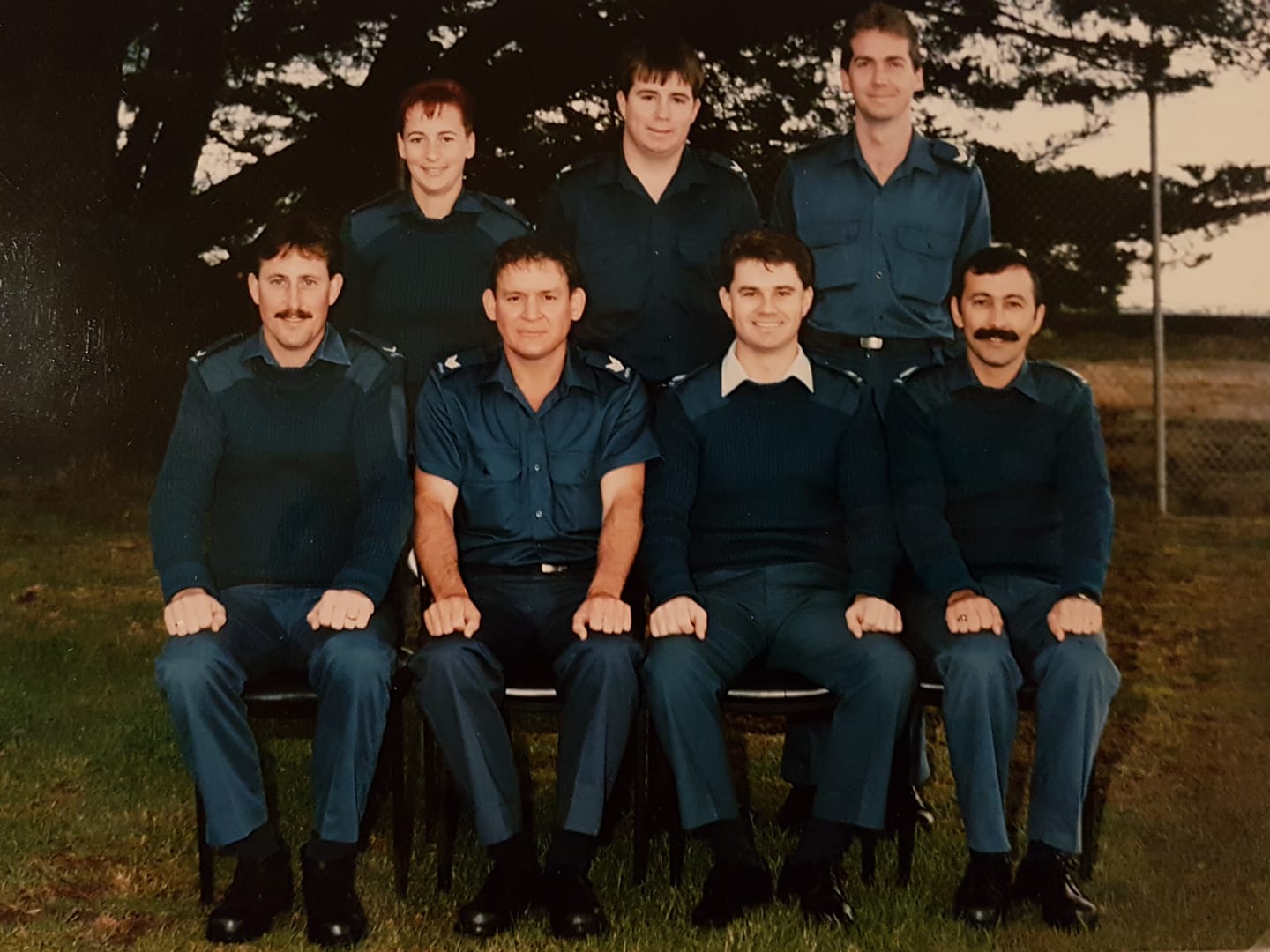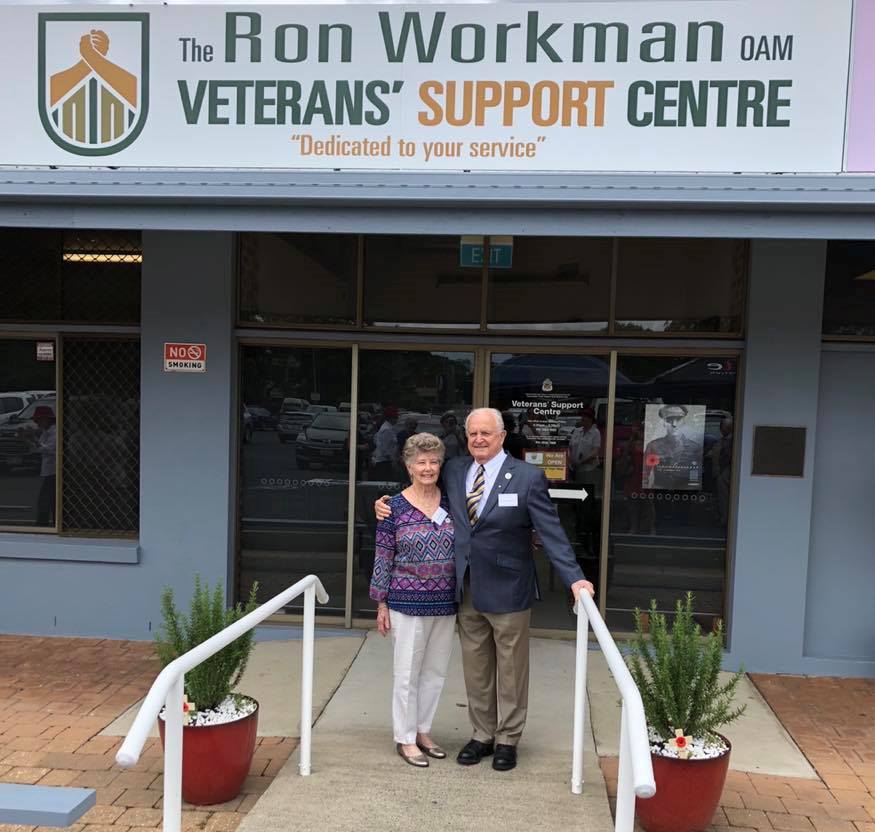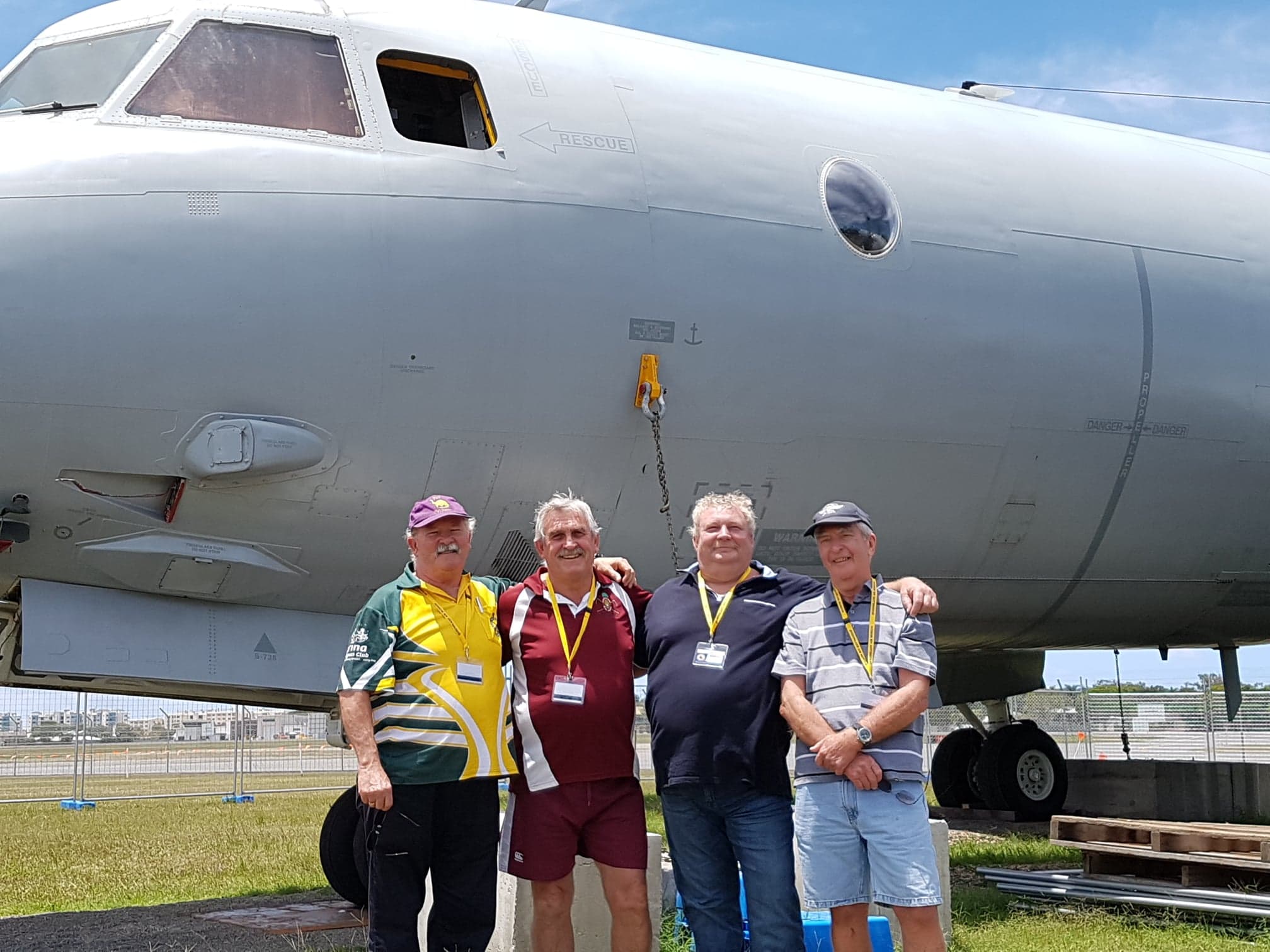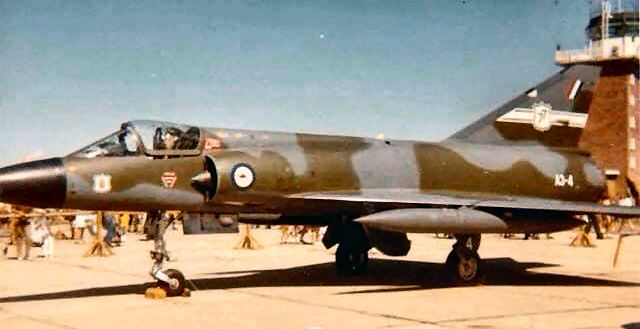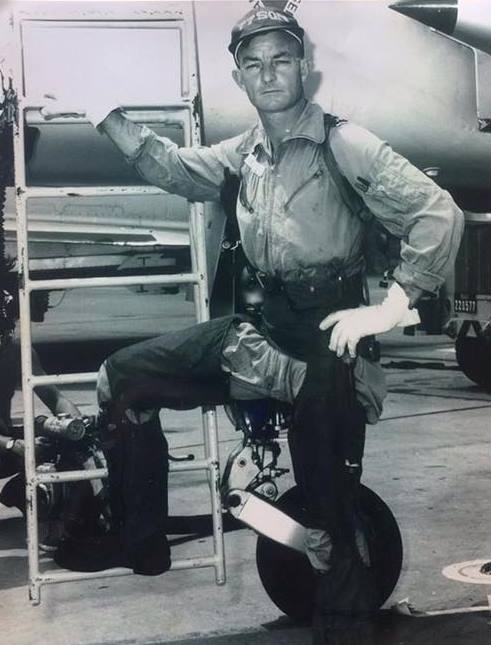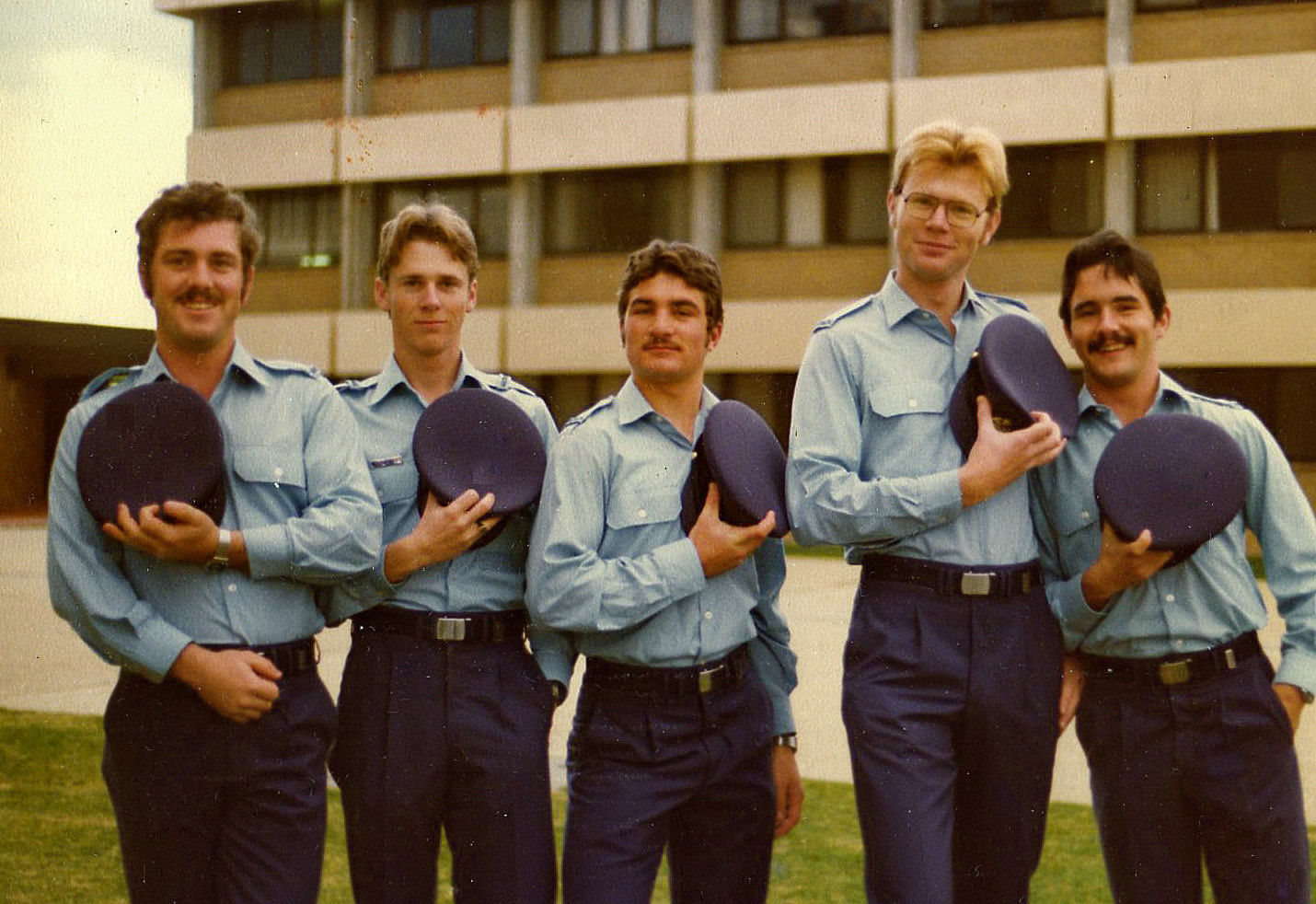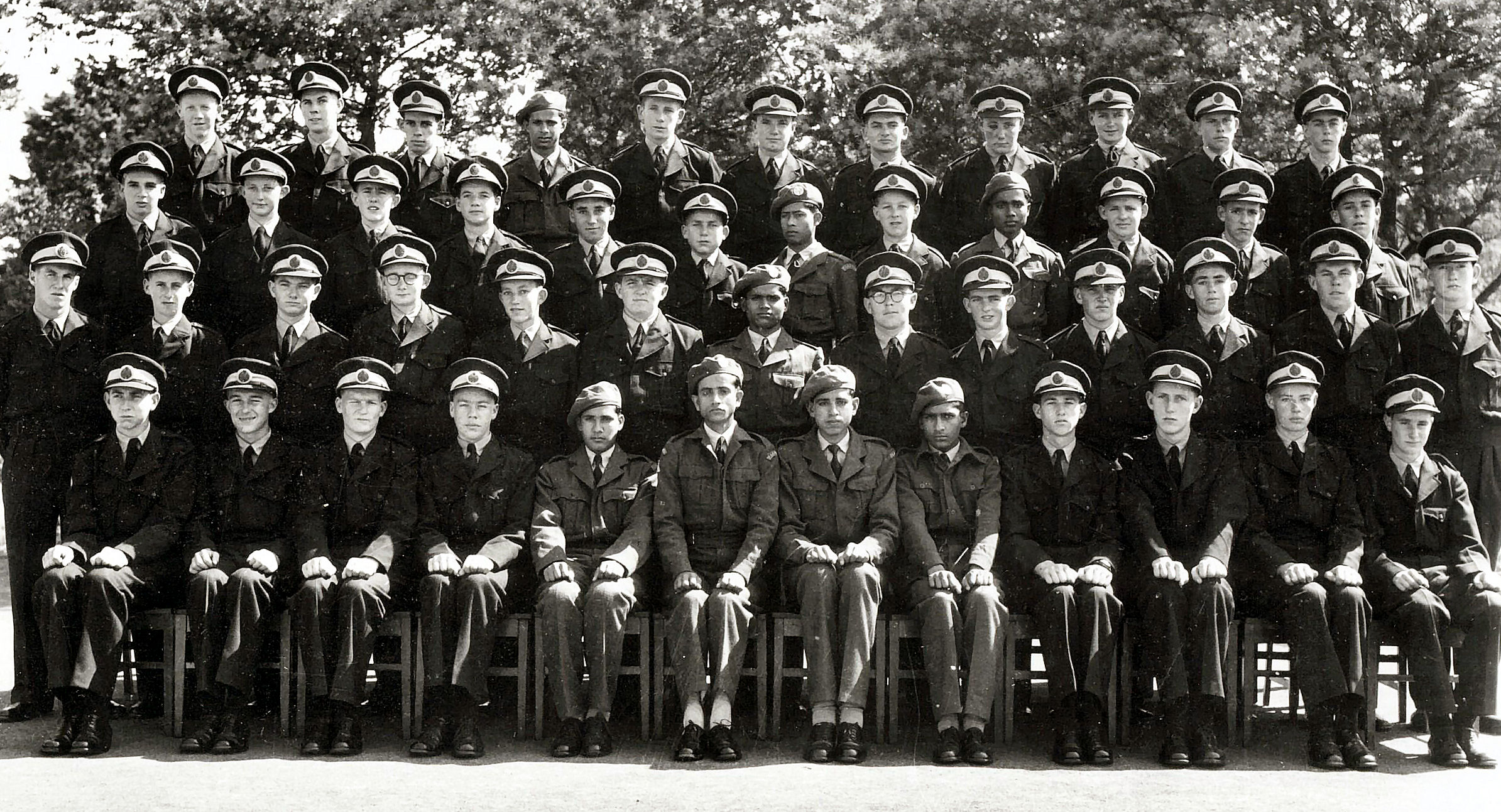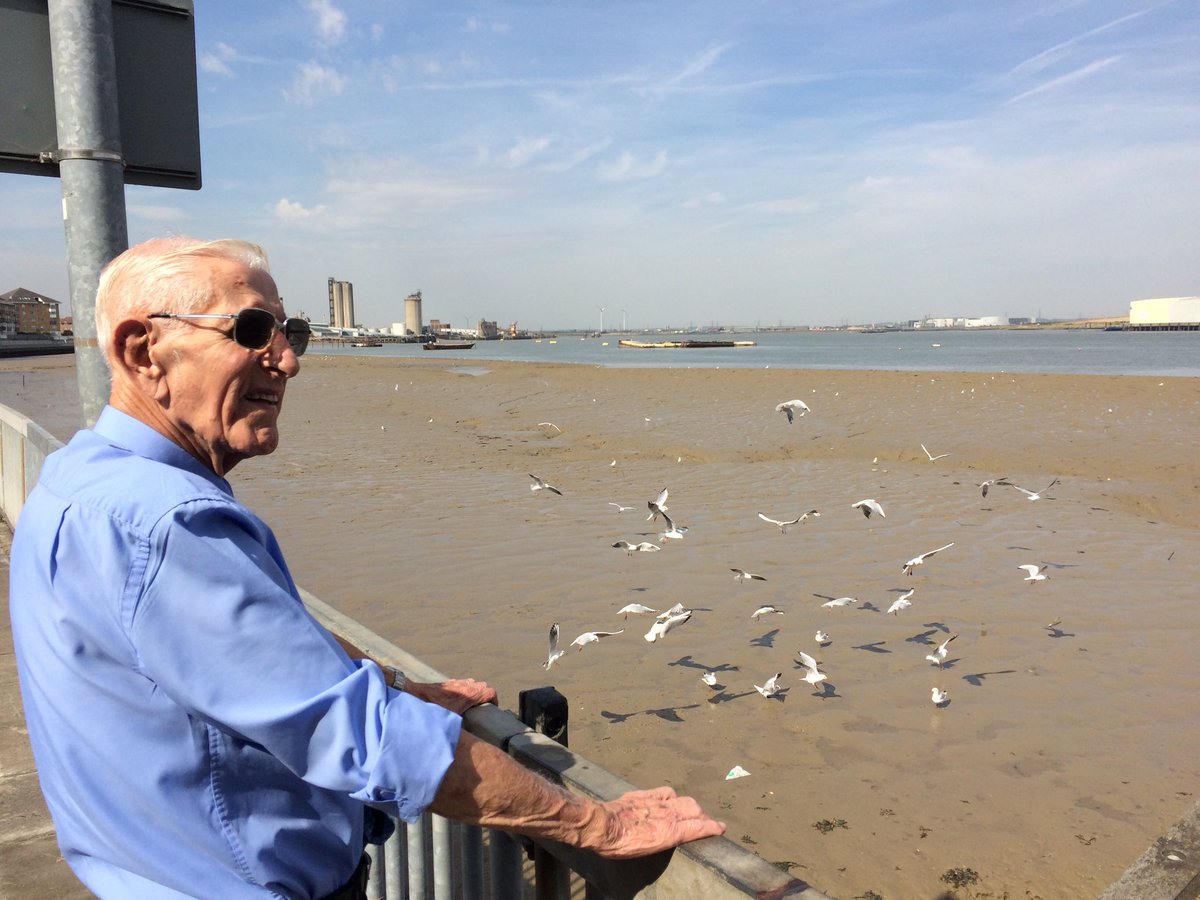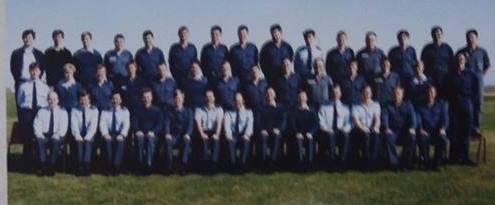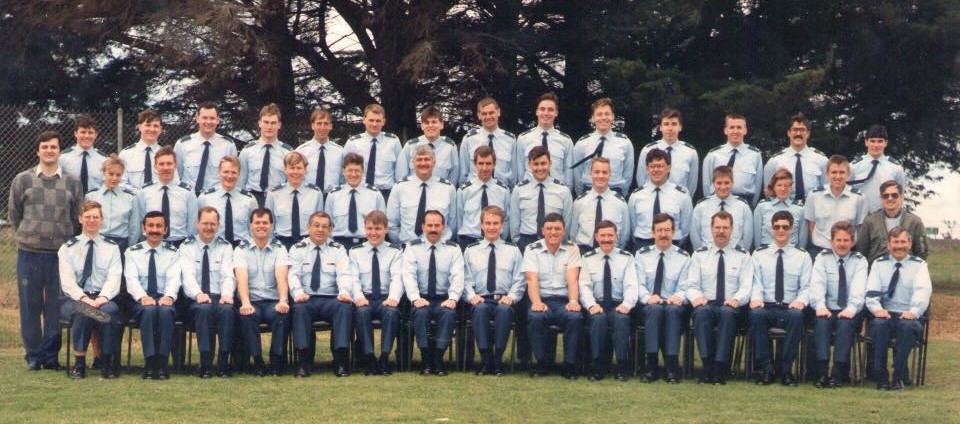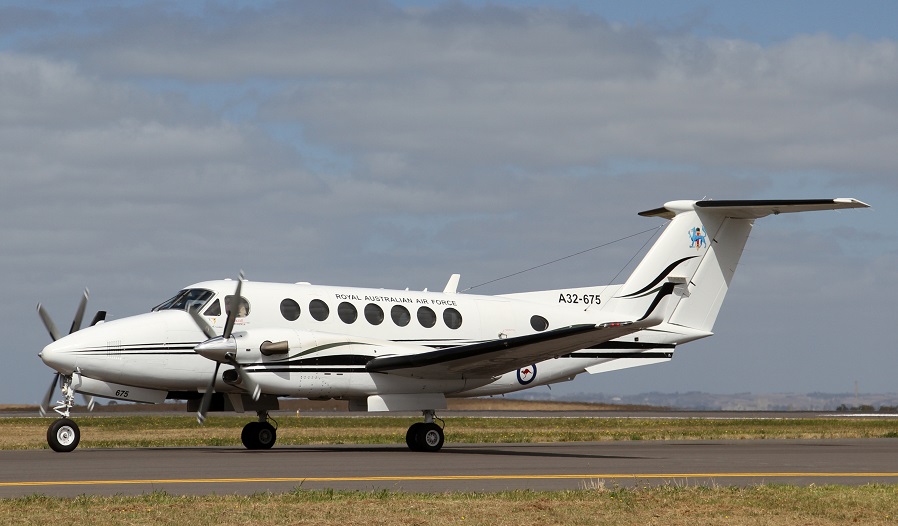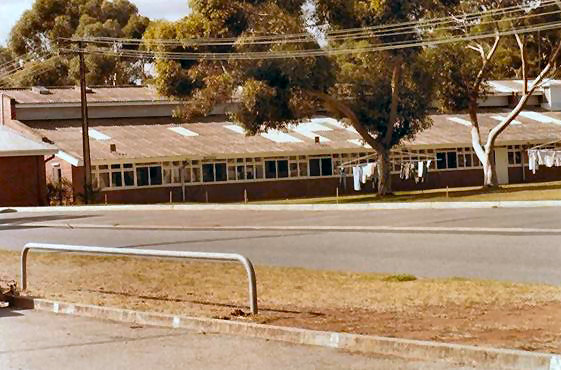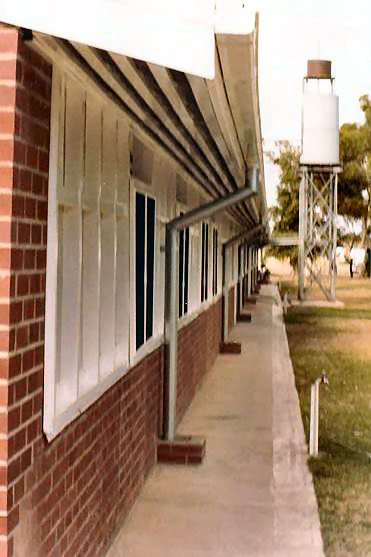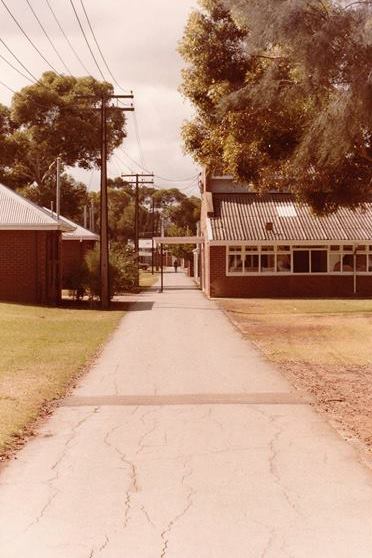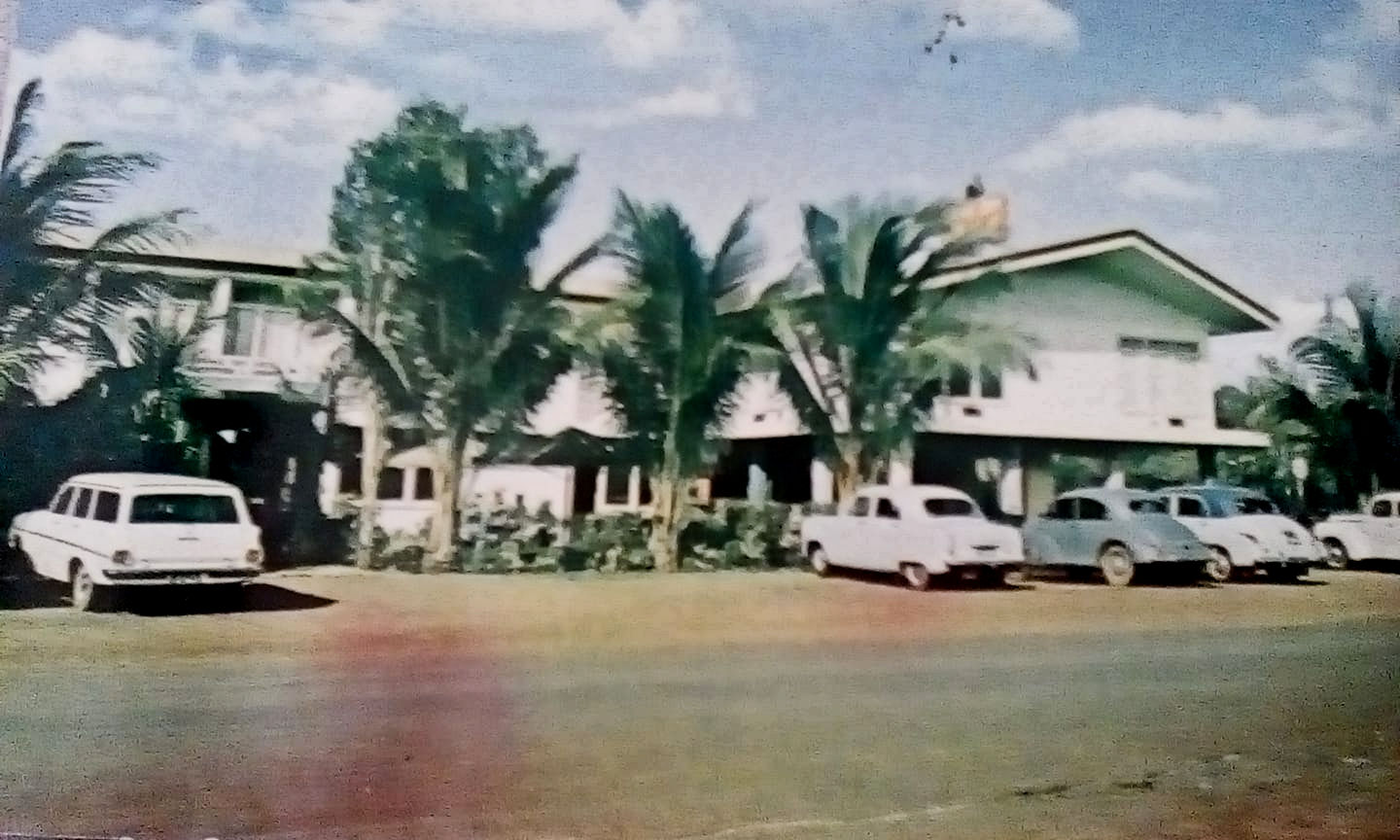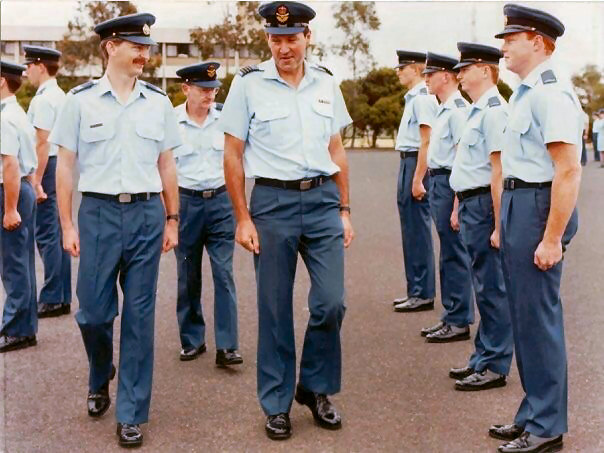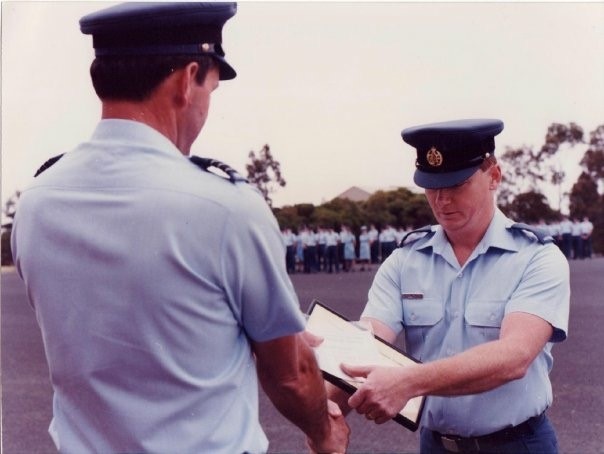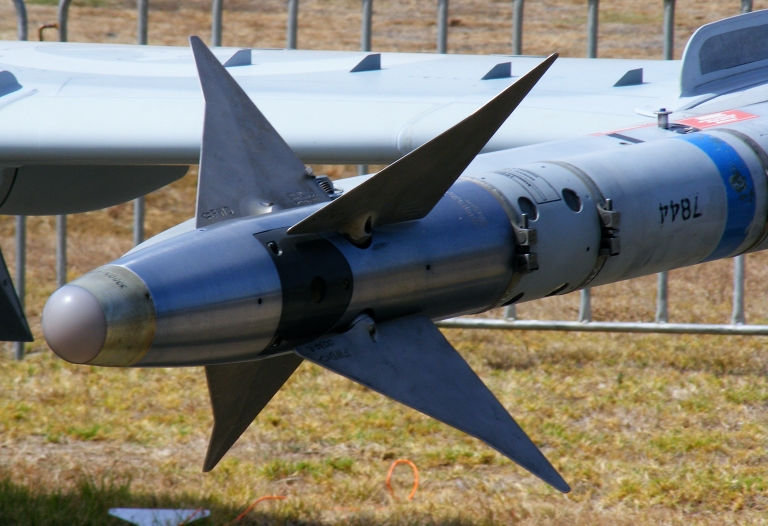|
|
|||
|
|||
|
Privacy Policy | Editorial Policy | Profit Policy | Join the Association | List of Members | Contact us | Index | Links |
|||
|
Back Go to page: 1 2 3 4 5 6 7 8 9 10 11 12 13 14 15 16 17 18 19 20 Forward
|
|||
|
|
|||
|
Tacan Course, 1992 Held at 1AD, Laverton.
Tracey Fickling sent us this, she can’t remember all the names, can you help??
|
|||
|
|
|||
|
Standing L-R: Tracey Fickling, David Reilly, Don’t know Seated L-R: Don’t know, don’t know, don’t know, Ron Cullen.
|
|||
|
Ron Workman.
Ron joined the RAAF as a Sumpie apprentice in 1955. He qualified and eventually served with 35 Squadron in Vietnam as a loady on the Caribou from 17 Feb 1965 to Oct 1965.
|
|||
|
|
|||
|
(June 1965) Ron gives a wounded Vietnamese soldier a smoke as he waits for the aircraft to be loaded and taken to Saigon. The soldier was wounded by mortar fire and while in a field hospital, gangrene had set in. The man’s leg was be amputated. AWM Photo
|
|||
|
in 1965. He was chosen to be a member of the Australian Armed Forced Colour Party, which was sent to France in 1968 for the 50th Anniversary of the Signing of the Armistice at the end of WW1.
Ron has contributed to many lifetimes of achievements between his years in the service to present day. Some of these include;
Humble by nature Ron is always willing and able to tackle and assist with anything Veteran and community related. From getting down at a grass roots level to offering his expertise to fight for causes that assist those without a voice at state and federal levels. Easy going, while being steadfast in his convictions, offering respect to all regardless of age, race or creed Ron encapsulates what a leader, a friend and an Australian should be. He is truly an extraordinary gentleman.
L-R: Noel Brown, Asst Loady, George Godfrey, Pilot, Ron Workman, Loady, Henry Stephens, Loady. 1965.
Ron has many stories about his time during service. Stories of survival, death, evil, heroism, injury, hope, friendship and courage. Having heard some of his stories has helped us to understand a little bit more about life during war. These are stories that will stay with us for a lifetime.
Recently the Veterans Support Centre at the Currumbin RSL celebrated its 20th Anniversary and what a fitting way to acknowledge this milestone but by renaming the centre in honour of the founder.
|
|||
|
|
|||
|
Marj and Ron Workman.
More than 3000 veterans have used the support centre since it opened in 1998.
|
|||
|
Click the pic below to see an interview with Ron which was filmed at the Currumbin RSL back in 2015. |
|||
|
|
|||
|
|
|||
|
|
|||
|
Butterworth.
Tracey Stephens sent us this pic, it was taken back in 1989/90.
|
|||
|
|
|||
|
Back Row L-R: Rob De Vries, Darren Leck, Wayne Moyle, "Radar", Jason Sleep, Don’t know, Steven Hosemans Middle Row L-R: Mick Brodie, Richard Harding, "Gonzo", Russell Hicks, Debbie Pilgrim, Rodney Taylor, Mick Annells, Kym Ratsch, Sonja Peart Front Row L-R: Tracey Stephens, Colin Stone, Allun Rees, Ron Baulch, Shorty Shaw, Patrick Bannan, Darren Parr, Kevin Woolard.
P3 at Sunshine Coast.
On the 18th April, 2018, Orion A9-760 was flown to the Sunshine Coast Airport for storage pending disposal. On the 11 June it was officially handed over to the Queensland Air Museum (QAM) in Caloundra. The hand-over took place at the Sunshine Coast Airport at Mudjimba (just north of Maroochydore) in the presence of Department of Defence, RAAF representatives and invited guests. Federal Member for Fisher, Andrew Wallace MP, officially handed over the aircraft to members of the Queensland Air Museum.
|
|||
|
|
|||
|
L to R: Peter Scovell F/E ex 10 Sqn, Al Chiesa F/E ex 11Sqn, Grant Mullins groundie Ex 492 Sqn and John Lardner ex No 9 Course Wagga Appy, who went on to be commisioned and now an RSL Pension officer/advocate. At the Sunshine Coast Airport, Sat 13 Nov.
The Orion is a very significant acquisition for QAM. A9-760 was flown into the Sunshine Coast Airport from Edinburgh, it will be partially dismantled and transported to QAM by road. It is a huge project and is expected to take many months planning and perhaps, even longer in the implementation stage, but visitors to QAM can expect to see A9-760 at QAM early in 2019.
Unfortunately, the airport at Caloundra was not suitable for the aircraft to land there.
The Orion was developed from the Lockheed Electra airliner and the first aircraft entered service with the United States Navy in 1962. The Orion proved to be a very versatile anti-submarine and maritime surveillance aircraft which was operated by many other nations including Australia, New Zealand, Canada, South Korea and Japan.
A9-760 is particularly famous for its role in the rescue of yachtsmen Thierry Dubois and Tony Bullimore who were competing in the Vendee Globe singe-handed around the world race in 1997. A9-760 was the first RAAF Orion to join the search and its crew made the first sighting of the missing yachtsmen. In the late nineties, the RAAF Orion fleet was given a major system upgrade which brought significant improvements in capability. So extensive was the upgrade that the aircraft were redesignated AP-3C with the A denoting Australia. A9-760 was the first Orion to be upgraded.
RAAF Orion’s, including A9-760, were deployed to the Middle East Area of Operations from 2003 until 2012. The RAAF Orion fleet was also involved in the search for MH370 as well as many other search and rescue operations.
A9-760 will sit comfortably at QAM amongst the 80 historic aircraft, all with a story to tell.
Click the pic below to see a video of it arriving.
|
|||
|
|
|||
|
|
|||
|
Bloke would spend many hours a day on his CB radio talking to his mates. His wife said to him, “You’ve got no time for me, always talking to your mates, this relationship is over”. The bloke says “This relationship is what? – over”.
|
|||
|
Mirage emergency landing at Evans Head.
On the 16th April, 1969, a Mirage (A3-4) was conducting manoeuvres at the Evans Head Weapons Range when it encountered fuel problems. 76 Squadron had been engaged in an operational low level navigation exercise involving sections of four aircraft, a pull–up from low level to 15,000 feet in order to drop two live 500Lb MK 82 bombs on the Range, followed by a landing at RAAF Amberley. The exercise with live weapons was designed to simulate an actual combat situation associated with 76 Squadron’s responsibilities in the Ground Attack role.
To provide as much realism as possible the low level navigation phase required the use of 376 gallon drop tanks. As the Mirage had been designed as a Cold War high level interceptor the fitting of drop tanks was an after thought which meant that the fuel system was difficult to manage. In fact it was a cow, so much so that one of the pilots failed to detect that one of his drop tanks had not fed. This meant that when he got to Evans Head he suddenly realized that he did not have enough fuel to get to Amberley.
After getting the fuel flow procedure quite wrong, Jack "Sniffy" Hayden" then did all the right things and put the Mirage down in one piece on the runway at Evans Head. Actually it was feat in itself when the very high final approach speed, 195 Knots (230 MPH) of the Mirage and the length of the Evans Head runway is considered. It required an awful lot of pressure on the toe brakes which resulted in it severely damaging the Dunlops. The runway at Evans Head is only 4,275 ft in length (1,300m) which is a bit short as the Mirage, when fully serviceable and fuelled up, needs about 4,000 ft to pull up safely without soiling the underwear.
|
|||
|
|
|||
|
Getting the aircraft out of Evans Head was the next problem so they called on Jim Treadwell (below), to do the honours. At the time, Jim was the CO of 76 Squadron. He had completed his exercise at Evans Head and was back on the ground at Amberley when he was informed that there was an aircraft down at Evans Head. He arranged for guards to monitor and secure the aircraft, got hold of an Army Pilatus Porter aircraft and flew down to Evans Head with the Senior Air Traffic Control officer from Amberley. Their aim was to access whether it would be possible to fly the Mirage out and save all the trouble of getting the aircraft out by road.
After arriving at Evans Head they got hold of a heavy vehicle and tore up and down the runway to establish whether the surface would support a Mirage and to sweep it clean of FOD. They also consulted Mirage take-off performance data and, although tight, worked out that we could reduce take-off distance by just taking on enough fuel to get to Willytown.
A Caribou rescue 8 was put on and a bunch of framies arrived from Willytown with some new bits and also jacks and new wheels and before long the aircraft was serviceable again.
By now the news of the arrival of all those military aircraft, along with a bunch of blokes in various types of uniform, popping into the small Evans Head airport had spread like wild fire and a huge number of people had gathered at the airport to have a look see.
Late next afternoon, after the framies had done their magic, it was crunch time. There was a quick call to the closest met office to get an actual then it was time to fire up the Mirage and line her up. The local policeman was asked to move all the people from the end of the strip, just in case the calculations proved not to be correct. Afterall, a RAAF Mirage at full chat plowing into a couple of hundred civvies wouldn’t look good on the news.
Jim taxied to the very end of the runway, turned into what wind there was, held the aircraft on brakes and throttled the engine up to full bore. He then lit the after burner and let the brakes off while also selecting the “over speed” facility (this was an arrangement that in a marginal take-off situation the engine would rev to 110% and produce addition power). This time it didn't engage as the outside air temperature was not high enough.
Initially the aircraft accelerated normally but then slowed as the wheels started sinking into the runway surface - but it was too late to stop. Jim could see the fence at the far end of the runway looming up and some of his body bits started to tighten. At 145 knots, 15 knots lower than normal take-off speed, he hauled back on the pole, the nose of the aircraft reared up and just then the over-speed clicked in. The fence was hellishly close. The aircraft leapt into the air with the nose at an alarmingly high angle but the additional overspeed thrust had done the trick.
He missed the fence but scorched the paintwork on a few cars that had foolishly parked at the end of the runway. To get to a safe airspeed, he lowered the nose and some distance down the track got the aircraft up close to 600 knots, turned back and buzzed the airfield at a very very low level.
45 minutes later he was in circuit at Willytown and shortly thereafter into the Mess for a thirst quencher or two.
There was some video taken of the event, you can see it below.
|
|||
|
|
|||
|
|
|||
|
Money is the root of all wealth.
|
|||
|
The Plucked Ducks. Radschool - many years ago! |
|||
|
|
|||
|
The Plucked Chooks, drinking team, is from left Geoff Kimmins, Owen Rawlins, Sean O'driscoll, Marcus Murray & Dave Brown.
Frognall Diploma Courses.
Graham Darley sent us this
I joined RAAF Radio Apprentice School at Frognall in March 1952 on #6 course with 51 others and all members started studying the Victorian matriculation subjects along with military oriented Associate Diploma of Radio Engineering subjects. As individuals failed at the academic level they reverted to a radio technician course.
In my second year, 1953, the #1 Diploma Cadet Course was formed comprising those apprentices originally on #1, 2 and 3 courses (1947, 48 and 49) who graduated from the then Royal Melbourne Technical College with the Associate Diploma of Radio Engineering. From memory their names were:
Les Riggall, Don Johnston, Frank Pederick, Don Grey, Viv Norrish, Bob Bell, Ron Clark, Bob Fretwell and Bernie Pollett.
|
|||
|
|
|||
|
This course subsequently graduated from RMTC (now RMIT University) with the Fellowship Diploma of Communications Engineering in 1954, (now presently termed BEng (Communications) which was a course fashioned around military electronics developments.
These cadets became pilot officers in December 1954 and were posted to various engineering appointments throughout the RAAF. In 1954, #2 Diploma Cadet Course was formed from just the 2 members, Ian Grant and John Harper, who had graduated in 1952 from #4 Radio Apprentice Course (1950) with the Associate Diploma of Radio Engineering. They graduated with FDipCommEng in December 1955
In 1955, #3 Diploma Cadet Course comprised Peter Coutts and John Ryan who graduated in 1953 from #5 Radio Apprentice Course (1951. They graduated FDipCommEng in December 1956)
My Radio Apprentice Course #6, (1952) was reduced over the next 3 years
from 52 to just 6 who graduated in 1954 with the Associate Diploma of
Radio Engineering (one was a Pakistani cadet), (the remainder passed out
as Radio Technicians). The five Australians comprised:
Peter Coleman, Graham Darley, Graeme Farthing, David Haber and Geoff Jensen
Graeme Farthing (right) died some years ago.
These undertook a further two years study to graduate with the Fellowship Diploma of Communications Engineering in December 1957. I retired as a Group Captain in October 1979 as did David Haber who now lives in the UK. Peter Coleman lives in Adelaide and Geoff Jensen resides in Canberra; all breathing fairly well still.
I believe the last FDC #5 graduated in 1958. Subsequently a new scheme was introduced that comprised all engineering cadets across RAAF technical branches.
|
|||
|
|
|||
|
1 AD Laverton, 1988 (Click the pic for the names)
|
|||
|
1 AD Laverton, 1989 (Sorry, no names this time - but at least you can see faces.)
|
|||
|
|
|||
|
John Elliott.
John was a Telecoms Operator and did a stint with 2 Sqn in Phan Rang from June 1967 to June 1968. After the RAAF, he joined the (then) Dept of Civil Aviation (DCA) and was trained as a Flight Service Operator (FSO). Air Services Australia, in their wisdom (??) disbanded the FSO classification some time ago, along with a lot of essential services they provided and amalgamated everything into the ATC portfolio.
|
|||
|
|
|||
|
Recently John visited the Airways Museum at Essendon Airport to reminisce about the “old days”. He can remember when he was at Katherine back in the 1970’s with up to 30 active aircraft on his board, most of whom were “temporarily unsure of their position” – or “geographically embarrassed” Unless absolutely necessary, you never used the word “Lost” as that triggered certain phases and those nasty 225’s which were to be avoided at all costs.
It was a great job.
The above console was installed at Mildura, the one below was in Rabaul, PNG.
If you’re in Melbourne and get the chance, take a few hours and have a look over the museum, it is definitely worth a look
38 Sqn to be no more.
Nigel Pittaway.
Defence has confirmed that the RAAF’s No. 38 Squadron, currently flying the Beechcraft King Air 350 from Townsville, will disband on the 14th December. During the course of the year, four of the squadron’s eight King Airs were transferred to No.32 Sqn at East Sale and a further four aircraft will be transferred later in December 2018 with the disbandment of 38 Sqn.
Defence says that from 2019, 32 Sqn will operate a fleet of 12 King Air 350s, all equipped with the Rockwell Collins Proline 21 avionics suite. Eight of these are the ex-38 Sqn aircraft and the other four are newly manufactured examples which will be leased from Hawker Pacific.
|
|||
|
|
|||
|
The four new aircraft are already in Australia and are currently undergoing modification to the Mission Aircrew and Aviation Warfare Officer (AvWO) training role.
The eight King Air 350s previously operated by 32 Sqn are all configured with the earlier Proline 2 cockpit and will be returned to Hawker Pacific. Four of these (A32-343, 346, 349 and 351) have already left RAAF service and have been registered to Commuter Air Technology of Oklahoma City in the United States.
According to a Defence spokesperson, 32 Sqn will continue to conduct its existing roles in support of No. 1 Flying Training School (Mission Aircrew and AvWO training), as well as Air Logistics Support. “32 Squadron will also take over the following roles from No. 38 Squadron,” the spokesperson said:
These roles are currently undertaken by three ‘600 Series’ King Airs which have been extensively modified for the ISTAR role by Hawker Pacific under Air Force Minor Project (AFM) 01037. The three aircraft are now permanently configured in this role and are tasked by Air Mobility Control Centre in support of Special Operations Command.
A lot of blokes went through 38 on their way to 35 in Vietnam – it was a great Squadron.
Defence says the planned review date for the King Air 350 fleet is 2024.
|
|||
|
THE SENILITY PRAYER Grant me the senility to forget the people I never liked anyway, the good fortune to run into the ones I do, and the eyesight to tell the difference.
|
|||
|
Rookies – Edinburgh, 1984. Fond memories??
|
|||
|
|
|||
|
|
|||
|
|||
|
|
|||
|
|
|||
|
54th Anniversary. These two blokes got together in Townsville on the 14th September to share a pint of Guinness in celebration of the 54th annual anniversary since they joined the RAAF.
|
|||
|
|
|||
|
Terry Shanahan, Noel Sullivan.
|
|||
|
If there was a way to read a woman’s mind, I’m not sure I would want to. I hate shoes, shopping, gossip and I already know I am annoying.
|
|||
|
Fanny Bay hotel, Darwin, 1965
|
|||
|
|
|||
|
Had one or two in there Dec 1970.
|
|||
|
Cyrano. (Click the pic to read the names.)
|
|||
|
|
|||
|
It is funny when my wife gives me the silent treatment she thinks it’s a punishment!
|
|||
|
Radschool Course 7-89 Peter Smith sent us these pics.
|
|||
|
|
|||
|
L-R from the Centre, Val Robinson, Wayne “Nugget” Krystalyn, Mark Beggs, Peter Smith, Darren “Red” Clifford.
|
|||
|
Pete Smith getting the CO’s award for Student Excellence from Val Robinson.
|
|||
|
Judging by the frying pan that just flew by my head, I did something wrong. I can’t wait to find out what it was.
|
|||
|
18/88 Superman Course. 30May1988 – 29Jun1988 (Sorry, not all first names)
|
|||
|
|
|||
|
Back Row L-R: N Carle, K Williams, L Lawrence, R Tinsley, T Rackham, J Banning. Middle R ow L-R: Lois Shand, P Gwythor, D Wylie, Steve Ibbotson, S Anderson, Andrea Fulwood. Front Row L-R: R Eggmolesse, T Hayter, J Gibbs, P Saunders, (Course Director), R Dennis, B Cooper, J Edmunds.
|
|||
|
I once won an argument with a woman…… in this dream I had
|
|||
|
|
|||
|
The Sidewinder Missile.
The ubiquitous AIM-9 Sidewinder is without doubt the most important heatseeking missile of the last three decades, seeing service in every engagement between Western powers and their adversaries since the 1950s. Shamelessly copied by the Communists as the K-13/AA-2 Atoll, the Sidewinder has had a profound influence on the design of modern heat-seekers and is much the yardstick against which such missiles are judged today.
The collapse of the agreement between the US and EEC nations on the ASRAAM, the planned successor to the AIM-9, has seen further life injected into the humble Sidewinder, with the US at the time of writing electing to continue the development and production of the weapon for its own services.
The AIM-9 has had a colourful history and has evolved considerably since the first of its kind left a missile rail in the distant fifties. It is story of technical ingenuity as much as operational application and more than anything underscores the fundamental soundness of the basic airframe and system design, which has seen ongoing evolutionary development since the fifties.
The AIM-9 traces its earliest ancestry to the US Naval Weapons Centre (NWC) at China Lake, in the Mojave Desert. The NWC initiated, in the early fifties, a program to design a heatseeking air intercept missile for the intercept of bombers by naval interceptor aircraft, until then armed with either .50 cal or 20 mm guns. The fledgling missile was aptly named after the Sidewinder, a desert rattlesnake which detects its prey by sensing the animal's heat emissions.
The result was a compact lightweight cruciform canard weapon, which used a solid propellant rocket motor, a fragmentation warhead and an uncooled optical seeker.
The AIM-9B used a fragmentation warhead triggered by a passive infrared proximity fuse. The Thiokol Mk.17 solid propellant rocket delivered 8,200 lb-sec of impulse with a burn duration of 2.2 seconds.
While by modern standards the AIM-9B is a very limited weapon, it had no serious competitors in its day and was soon adopted by the USAF and NATO as a standard weapon, with no less than 40,000 guidance units built by Ford Aerospace, the prime contractor. The RAAF also adopted the missile, fitting it to the CAC Avon-Sabre, and subsequently the Mirage.
NATO rounds were mainly built by West Germany's FGW, who evolved an improved subtype designated the AIM-9B-FGW Mod.2. This AIM-9B used solid state electronics, carbon dioxide seeker cooling, a new nose dome and better optical filtering, the latter providing for much better seeker sensitivity.
The Sidewinder was by the early sixties the principal heat-seeker in Western service and as such first drew blood over North Vietnam, there used by the USAF and USN. Its early combat record was not spectacular, as the seeker performance limitations were exacerbated by the poor reliability of the tube electronics and the inexperience of its users, who until then trained for intercepts rather than dogfights. Kill probabilities were in the tens of percent, very sensitive to how well the launch aircraft was positioned. Designed to intercept lumbering bombers, the AIM-9B was ill suited to knife-fights with MiG-17s at low level. Its launch load factor limit of 2G hampered aircrew, while its seeker very often locked on to the sun or clouds, subsequently sending the missile ballistic. The range limit of 2.6 NM meant that the launch aircraft had to be quite properly positioned for a shot, and the pilot very careful about closure rate and range.
Nevertheless, no less than 28 MiGs were killed for 175 launches between 1965 and 1968, by USAF F-4C/D aircraft, an aggregate P[k] (kill probability) of 16%.
Click below to see video of the RAAF fitting the sidewinder to the Sabre.
|
|||
|
|
|||
|
|
|||
|
35 Squadron C27J Spartan
NEW facilities at Amberley for No. 35 Squadron and the C-27J Spartan are in the final stages of construction. The project contractors took members of 35SQN and the C-27J Relocation Working Group on a tour to familiarise themselves with the facilities ahead of the squadron’s move from Richmond by the end of the year.
A purpose-built hangar for the Spartan, along with a new flight line and squadron headquarters, are being built at Amberley to house the fleet of 10 Spartans. Since 35 Sqn’s re-establishment at Richmond in 2013, it has used facilities formerly belonging to the C-130H workforce. This has meant the squadron headquarters, deeper maintenance and flight line have been located in three separate areas of the Richmond base.
CO 35 Sqn WGCDR Ben Poxon (right) said Defence and the contractors had been working closely to ensure the new facilities at Amberley met the needs of the Spartan. “The squadron buildings have been designed with the future missions in mind,” he said. “The layout and workflow enables 35 Sqn force generation to minimise time to respond quickly to emerging situations. From the mission planning to the maintenance areas and the dispersal, each area is fit for purpose and what the squadron needs to get the most out of the space.” The investment in purpose-built facilities demonstrates the Air Force commitment to the entire service life of Spartan operations
“Constant communication with the contractor, the project managers and the staff permitted slight adjustments to the building where we have expanded the role of the aircraft or changed an operating element,” Ben Poxon said. “Moving 35 Sqn to Amberley will place the Spartan closer to exercise areas and result in quicker deployment times to Northern Australia and into the wider region.
35 Sqn welcomed the 10th and final C-27J into Air Force service in April this year.
|
|||
|
|
|||
|
|
|||
|
|
N

